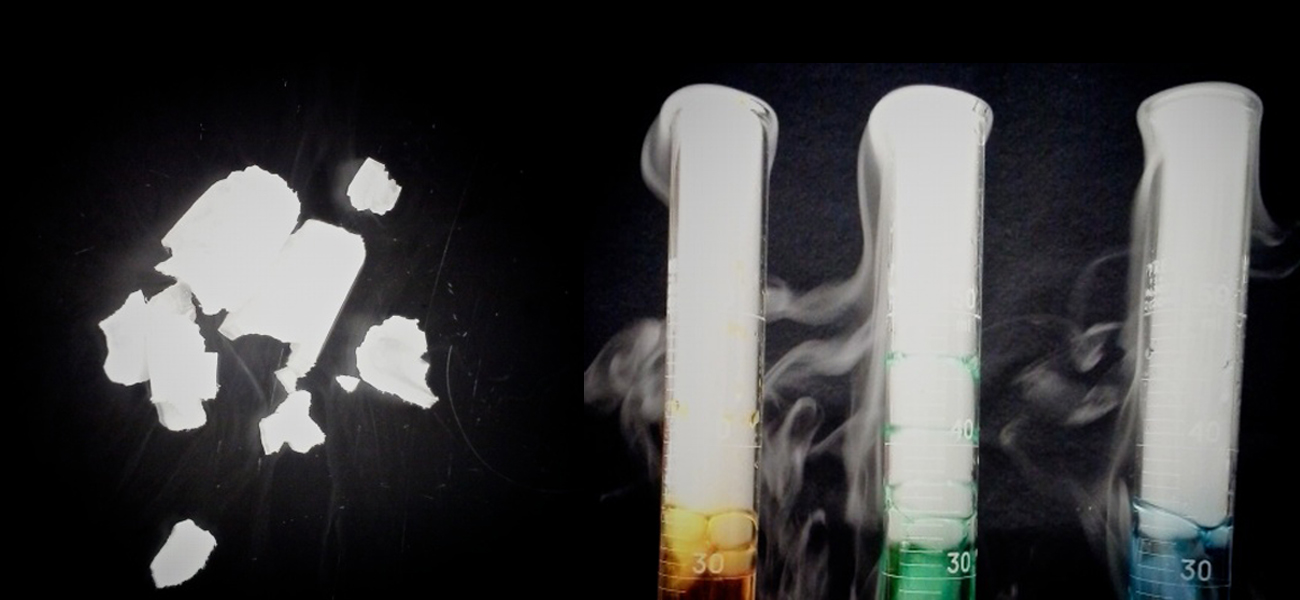56 Introduction
X. Introduction
Chapter Outline
10.1 Intermolecular Forces
10.2 Properties of Liquids
10.3 Phase Transitions
10.4 Phase Diagrams
10.5 The Solid State of Matter
10.6 Lattice Structures in Crystalline Solids

The great distances between atoms and molecules in a gaseous phase, and the corresponding absence of any significant interactions between them, allows for simple descriptions of many physical properties that are the same for all gases, regardless of their chemical identities. As described in the final module of the chapter on gases, this situation changes at high pressures and low temperatures—conditions that permit the atoms and molecules to interact to a much greater extent. In the liquid and solid states, these interactions are of considerable strength and play an important role in determining a number of physical properties that do depend on the chemical identity of the substance. In this chapter, the nature of these interactions and their effects on various physical properties of liquid and solid phases will be examined.

